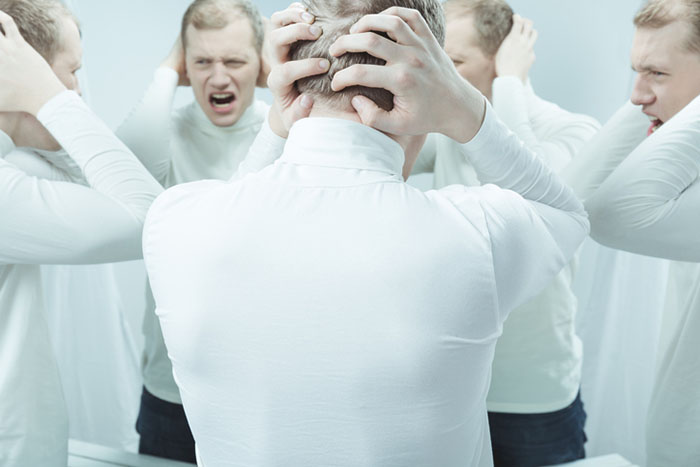Symptoms of bipolar disorder have been found in a greater percentage of people across America of late. Surveys suggest that the number of people getting diagnosed with the disorder increases every year. The signs and symptoms can vary from mild to severe. However, the signs and symptoms of the disorder can be similar to a myriad of other psychological and mood disorders, so let’s take a more in-depth look at this affliction and a step toward recognizing the symptoms of bipolar disorder.
Signs of Bipolar Disorder
Characterized as a mood disorder, bipolar disorder is identified as shifts in the mood, energy, and functioning ability of an individual. You can further distinguish it from someone experiencing several cycles of manic episodes. Their episodes involve abnormally elevated frames of mind along with depressive symptoms or episodes. But, what actually causes these episodes?
Causes (or Triggers) of Bipolar Disorder
Causes of bipolar disorder have always puzzled scientists. Some researchers have unearthed some solid theories, but no one has pinpointed the true triggers (external factors) of this malady yet. What we know so far is that the role of genetics and environmental factors are irrevocably influential. However, researchers believe the primary cause of the disorder is a brain-chemical imbalance, meaning the same type of neurotransmitter imbalances that cause a majority of mood disorders also result in bipolar disorder.
Everyone feels that once bipolar disorder starts, it continues to flourish and gets nurtured through several physical & psychological means.
10 Signs to Look Out for in Recognizing the Symptoms of Bipolar Disorder
- Excessive crying
- Feeling sad, empty, or helpless
- Loss of energy (feeling listless)
- Losing interest in things you used to enjoy
- Loss of appetite and weight loss
- Finding it difficult to concentrate
- Sleeping too little or too much
- Suicidal thoughts
- Feelings of hopelessness and worthlessness
- Extreme levels of irritability
Signs of bipolar disorder can be so severe that they impact people’s work or school life with erratic mood episodes that it becomes impossible for a person afflicted with the disorder to function without professional help. These signs are reported by the patient or her immediate family and circle of friends because it generally affects the social and professional life of the patient.
Being severely unstable and experiencing frequent mood swings are very common. Hallucinations and delusions may occur along with unusually intense mood episodes. Exaggerated and abnormal jumps in mood swings, from being overly happy to being overly depressed, are also characteristic of the disorder.
Bipolar Disorder Treatment
No cure has yet been discovered to banish this illness, but there are available treatment combinations depending on the diagnosis. Since this is a lifelong illness, a long-term medication plan is suggested that combines both psychotherapy and medication. There are cases where treatment plans have to be altered to find out what works best for a given patient.
Behavioral patterns are studied and observed via a daily life chart to ascertain the effects of the medication in place. If some changes in behavior and mood episodes occur, the doctor may add or reduce the dosage of meds as he deems necessary to lessen the signs of bipolar disorder.
It is important to start recognizing the symptoms of bipolar disorder as it is starting to become more and more commonplace. If you can feel you are experiencing any symptoms of bipolar disorder or someone else who is exhibiting these signs, it is time to consult with a physician and get an accurate mental health diagnosis.
Featured Image Thinkstock/KatarzynaBialasiewicz
Posted on February 15, 2023




